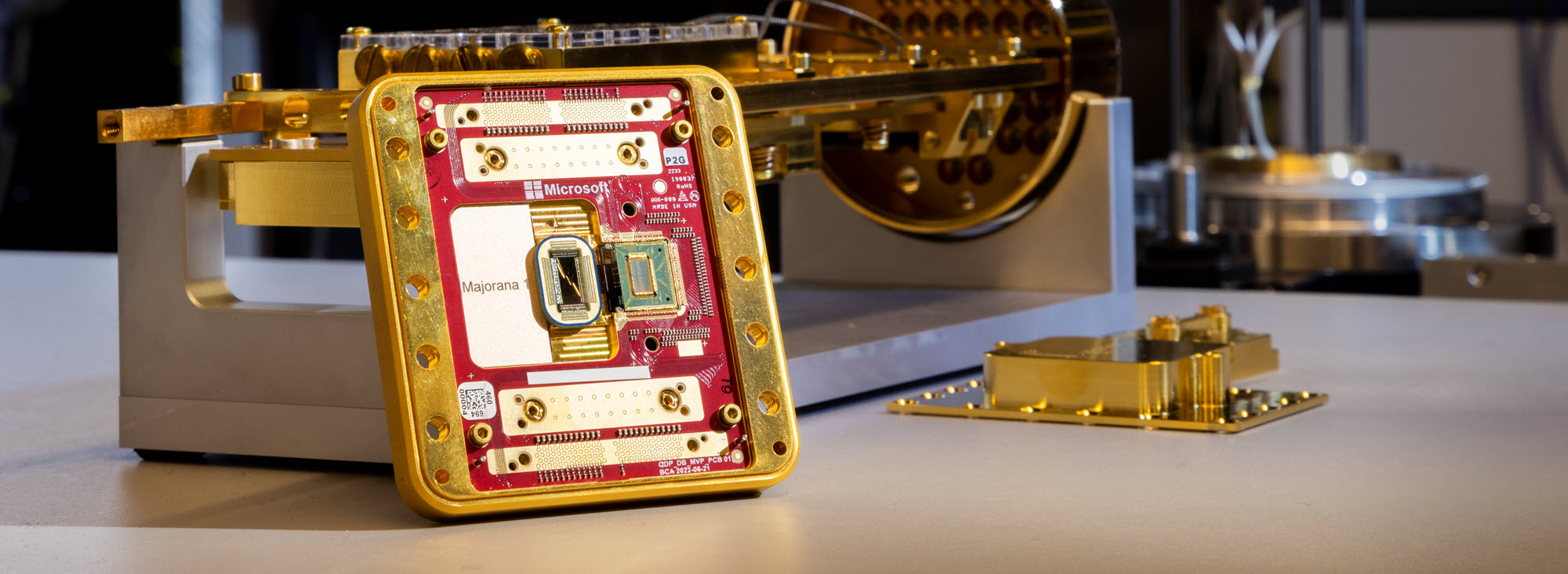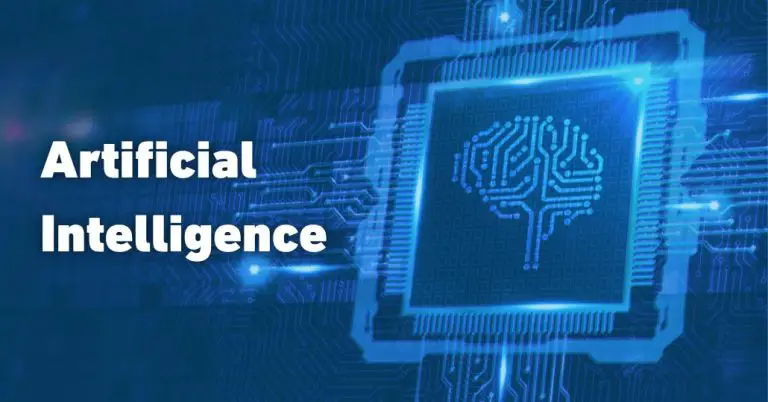
Quantum computing is evolving day by day with the companies such as Google, IBM or Microsoft are some of the big tech companies that are leading the field of quantum computing. Among these companies Microsoft has adopted a unique strategy with its Microsoft Majorana 1 project. The actual aim of this project is topological qubits. This is a transforming method that combines Majorana fermions for improving the stability and error correction. In this blog we will explore Microsoft Majorana 1 chip that is redefining the future of quantum computing.
What is Microsoft Majorana 1?
Microsoft Majorana 1 is an experimental quantum computing chip that uses Majorana zero modes for creating topological qubits. In old quantum computing, the bits faced various errors and high instability. For this topological qubits provide improved fault tolerance. This makes quantum computing more practical and adjustable.
Understanding Topological Qubits
Topological qubits are a special type of qubits that combine topological states of matter to store and process quantum information. Traditional qubits are open to local noise and decoherence but topological qubits are safeguarded by global properties of the system. This safety stems from non-local encoding of information that makes it more strong against the errors.
The actual element of topological qubits is the border of Majorana Zero Modes (MZMs). These MZMs can be moved around and exchanged and their quantum states change in predictable and stable manner. This special element allows a new form of quantum computing that is more resistant to errors as compared to old quantum computing architectures.
Topological Qubits in Relevance to Majorana 1
The Majorana 1 model is a foundation of a framework that describes how Majorana zero modes appear in condensed matter systems such as topological superconductors. This model offers stats of how these quasiparticles can be stable and manipulated to build topological qubits. Usually the Majorana 1 tells their behaviour with using a combination of following:-
- Quantum Field Theory:- It is used to understand the basic properties of MZMs.
- Topological Band Theory:- This discovers how these particles arise in certain materials.
- Braiding Statistics:- It is used for establishing how logical operations can be performed on topological qubits.
Key Challenges in Implementing Topological Qubits
Apart from its amazing features, the realization of topological qubits faces various challenges:-
- Material Engineering:- The creation of MZMs need special material conditions. Finding the right combination of materials remains a big obstacle.
- Detection of Majorana Zero Modes:- Experimental confirmation of MZMs is difficult because of its difficult to find nature.
- Scalability:- As the single MZMs have been noticed, expanding the system for supporting several qubits and complex operation is an open problem.
- Control and Manipulation:- Braiding MZMs with high fidelity need accurate control that is difficult to achieve experimentally.
- Integration with Quantum Circuits:- Building a practical quantum processor using topological qubits requires smooth combination with existing quantum technologies that is difficult.
Future Potential of Topological Qubits
The development of topological qubits has good potential for the future of quantum computing.
- Fault-Tolerant Quantum Computation:- The natural error resistance of topological qubits can greatly decrease the overhead needed for quantum error correction. This makes large scale quantum computers more practicable.
- Hybrid Quantum Architectures:- Combining the topological qubits with other qubits types will result in a more practical quantum processor.
- Advancements in Material Science:- The current research into new materials will result in more reliable and scalable implementation of MZMs.
- Major-Based Quantum Gates:- The development of reliable topological quantum gates can lead us closer to realize the practical quantum algorithm.
Other articles you may find interesting
Quantum Error Correction
The openness of quantum computing to errors because of its environmental noise creates a great challenge. Quantum Error Correction (QEC) is very important for reducing these errors. One amazing strategy in this field is combining the Majorana zero modes (MZMs), especially within the Majorana 1 framework, to build strong quantum systems.
Quantum Error Correction in Relevance to Majorana 1
Quantum Error Correction in Majorana 1 uses the topological nature of MZMs for developing the faulty quantum computing architecture. As the MZM code information non-locally, they offer a safety against local noise. This greatly reduces the need for frequent error correction cycles. This feature makes it more amazing for achieving scalable and error-resistant quantum systems.
Key Challenges in Quantum Error Correction
No doubt Marojana based quantum computing provide various theoretical benefits for error correction, various challenges should be faced:-
- Experimental Realization:- The creation and manipulation of MZMs need specific conditions that are difficult to achieve and maintain.
- Detection and Control:- Measuring and braiding Majorana modes without collapsing their quantum states is a big challenge.
- Decoherence and Parity Errors:- Although MZM use topological protection, still they are open to quasiparticle poisoning and parity errors. This can degrade their performance.
- Scalability:- Combining Majorana based qubits into large scale quantum computing architecture needs advancement in fabrication techniques and reliable interconnects.
Future Potential of Quantum Error Correction
Apart from these challenges, Majorana based QEC is an amazing avenue for the future of quantum computing.
- Improved Materials and Fabrication Techniques:- Advancement in nanotechnology and material science may allow stable and controllable MZM platforms.
- Hybrid Quantum Architecture:- Leveraging Majorana based qubits with the other error correction techniques can improve overall fault tolerance.
- Software and Algorithm Optimization:- Developing Quantum Algorithms that combine the special properties of MZMs could improve error correction process.
Microsoft Quantum Approach
Conventional Quantum Computing approach depends on superconducting or trapped-ion qubits. On the other hand, Microsoft is discovering topological quantum computing that combines the Majorana zero modes. The Majorana 1 plan is very important for realizing that these topological qubits can minimize quantum error rates and making large scale quantum computations practical.
Microsoft Quantum Approach in Relevance to Majorana 1
Majorana 1 is an experiment by Microsoft to confirm the existence and usability of Majorana Zero Modes in Quantum Computing. By combining the nano-wires with strong spin-orbit combining in the presence of superconductivity. The actual aim of Microsoft is to design and change these elusive particles. If this is successful then it will result in less prone to error quantum computing and eliminate the biggest obstacle that is quantum decoherence.
Key Challenges in Microsoft Quantum Approach
Although Microsoft’s approach has potential in the future, it also has to face some key challenges.
- Verification of Majorana Zero Modes:- Although theoretical predictions support their existence, experimental confirmation is a problem.
- Material and Fabrication Complexity:- Producing right conditions for Majorana fermions need accurate engineering materials at the nanoscales.
- Scalability Concerns:- Single topological qubits are created, combining them into large quantum processors is a challenge.
- Competing Quantum Paradigms:- Microsoft’s Approach competes with established superconducting and trapped-ion qubits technologies.
Future Potential of Microsoft Quantum Approach
If Microsoft faces the above defined challenges successfully then Majorana can make its way for:-
- More Stable Quantum Computers:- Minimizing error rates can make practical quantum quantum computing applications viable.
- Scalable Quantum System:- Simplifying qubit connectivity and control mechanisms result in large scale quantum processors.
- Breakthroughs in Cryptography and Ai:- With the help of strong quantum computing power, encryption methods and machine learning algorithms can experience exponential advancements.
Majorana Fermions in Physics
Majorana Fermions arise in a system where charge conjugation symmetry plays an important role. They are a special type of fermion that does not follow the normal Dirac equation but follows the Majorana equation. The fermions have been concluded in neutrino physics and have been observed as quasi-particles in condensed matter systems. The special feature of Majorana Fermions is their non-abelian stats. This means that switching the two particles changes the quantum state in an order that depends on the order of switching.
Majorana Fermions in Physics in Relevance to Majorana 1
The experimental framework focuses on realizing and changing Majorana fermions in several physical systems. It acts as a bridge between theoretical predictions and practical applications that also involve topological quantum computation. Its study involves the presence of Majorana bound states, role of spin-orbit coupling and magnetic fields in stabilizing Majorana modes, Applications in quantum error correction and strong qubits.
Key Challenges in Majorana Fermions in Physics
The experimental realization and control of Majorana Fermions has various challenges:-
- Detection and Verification:- As Majorana Fermions do not have electric charge that’s why detecting them is difficult.
- Environmental Sensitivity:- Majorana modes are fragile to outer concern that can damage their topological protection.
- Scalability Issue:- Applying Majorana based quantum computation needs huge fabrication of topological superconductors and accurate control of quantum states.
Future Potential of Majorana Fermion in Physics
Majorana Fermions in Physics have potential in future.
- Advancement in Quantum Computing:- Majorana Fermions can result in topological qubits that are highly coherence resistant.
- Neutrino Physics Insights:- If Neutrino is found as Majorana particles then it can give important stats to the origin of their tiny masses.
- Novel Materials and Applications:- Exploration of new topological superconductors can result in low power electronics and novel quantum devices.
Conclusion
Microsoft Majorana 1 project is an amazing effort to make quantum computing more stable and adjustable. By combining topological qubits and Majorana Fermions, Microsoft focus at solving the challenges in quantum industry.





